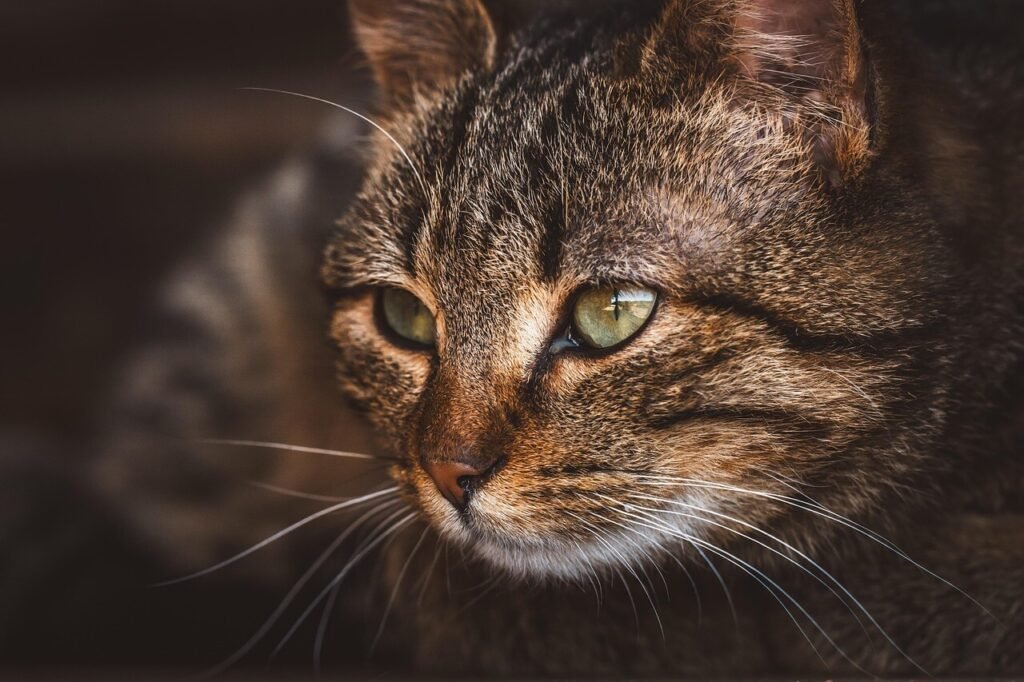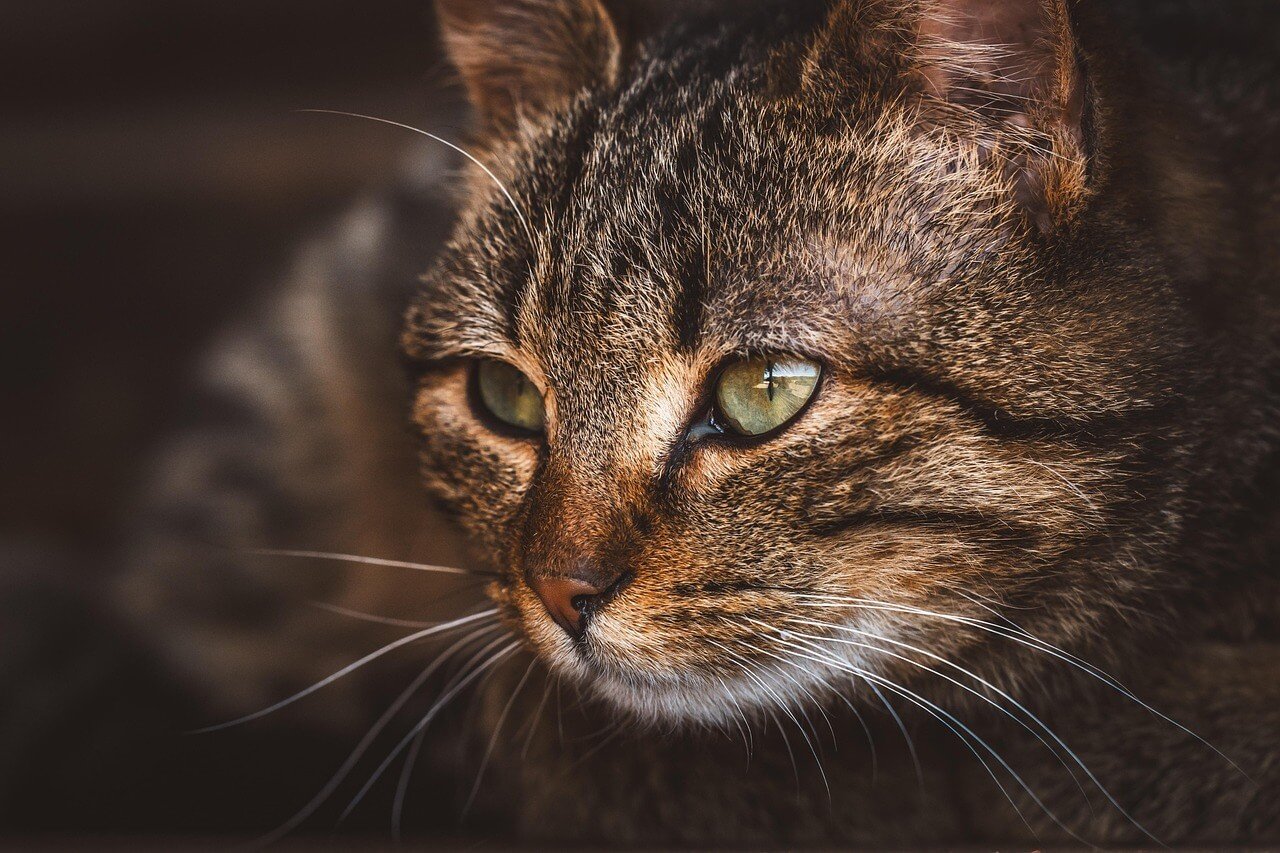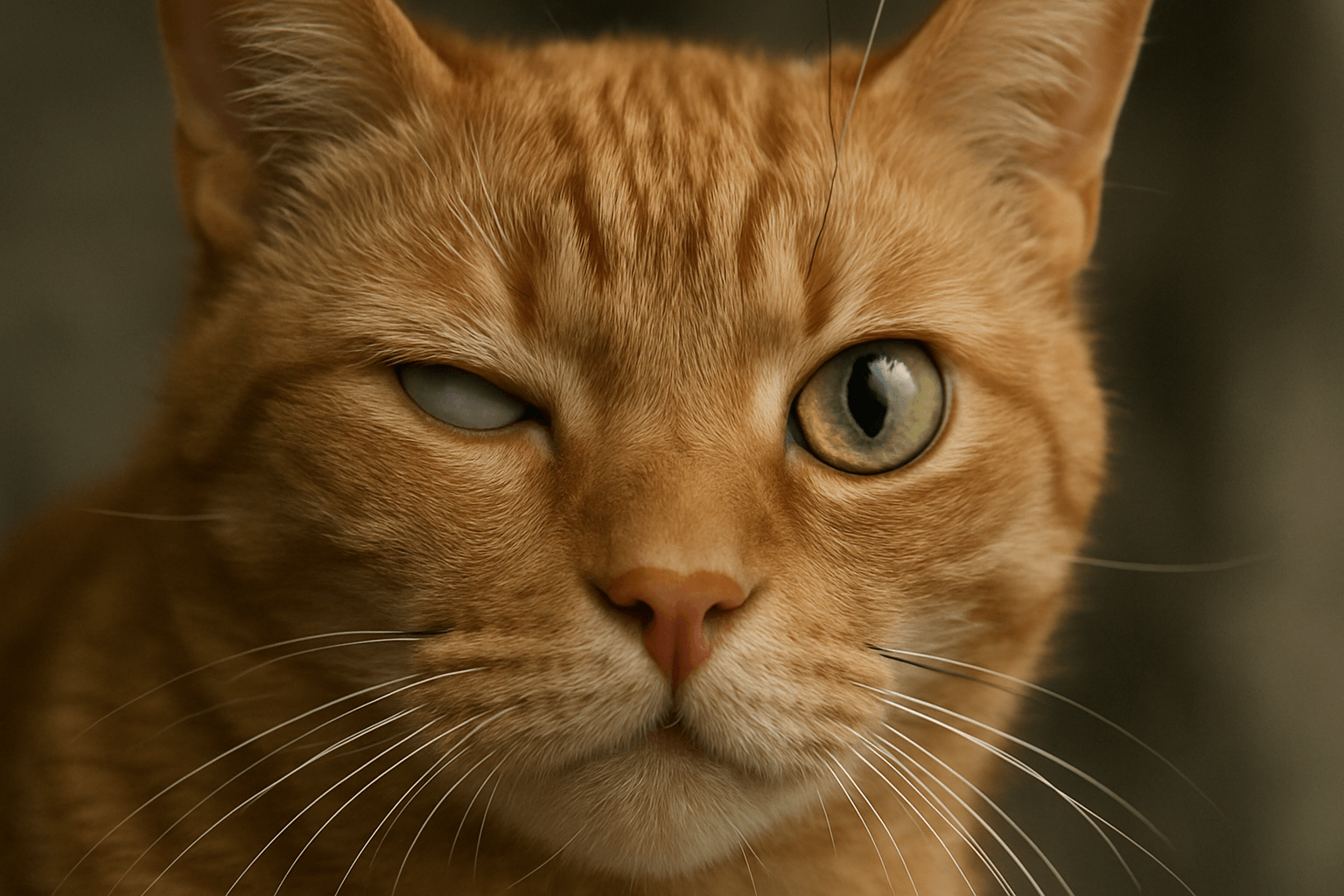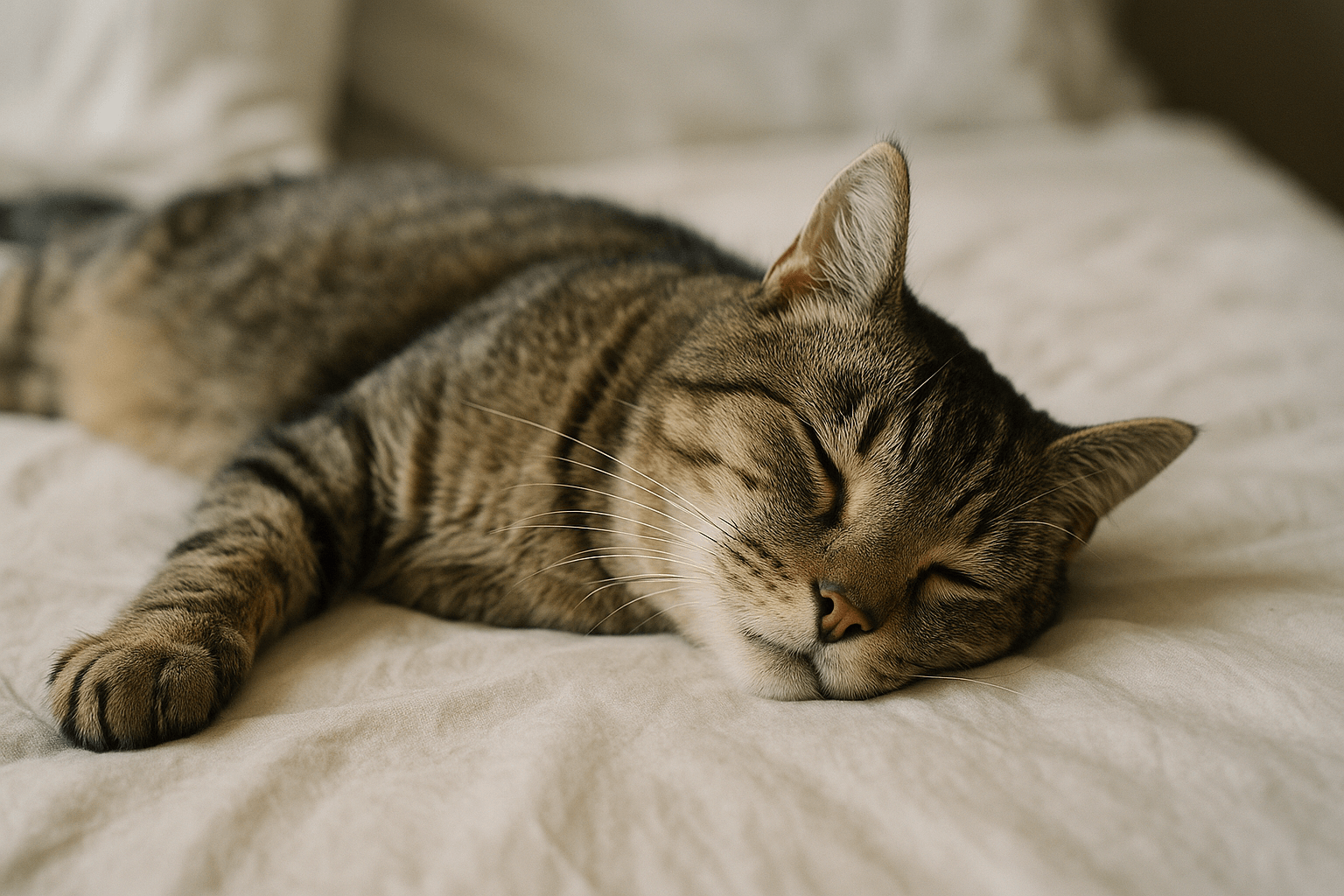Understanding Neurological Disorders in Cats: A Guide for Pet Owners
Neurological disorders in cats can be as perplexing as they are concerning. These conditions, which affect the brain, spinal cord, and nerves, can lead to a wide range of symptoms, from subtle behavioral changes to severe mobility issues. As a cat owner, it’s essential to recognize the signs early and understand the potential causes and treatments available. While neurological disorders may sound daunting, many can be managed effectively with proper veterinary care. In this blog post, we’ll explore the most common neurological disorders in cats, their symptoms, diagnostic methods, and treatment options. By equipping yourself with knowledge, you can provide the best possible care for your feline friend and ensure they live a comfortable, happy life.
Common Neurological Disorders in Cats
Neurological disorders in cats can stem from a variety of causes, including infections, injuries, and genetic predispositions. Here are some of the most frequently diagnosed conditions:
Feline Epilepsy
This condition causes recurrent seizures due to abnormal electrical activity in the brain. It can be idiopathic (no known cause) or secondary to trauma or infections.Vestibular Disease
Affecting balance and coordination, vestibular disease often results in head tilts, circling, and difficulty walking. It can be caused by inner ear infections or other factors.Intervertebral Disc Disease (IVDD)
IVDD occurs when the discs between the vertebrae bulge or rupture, pressing on the spinal cord and causing pain or paralysis.Feline Infectious Peritonitis (FIP)
While primarily an immune-mediated disease, FIP can affect the nervous system, leading to neurological symptoms like seizures or difficulty walking.Cognitive Dysfunction Syndrome (CDS)
Similar to dementia in humans, CDS affects older cats and leads to confusion, altered sleep patterns, and changes in behavior.
These disorders highlight the complexity of a cat’s nervous system and the importance of seeking veterinary care if any unusual symptoms arise. Early intervention can significantly improve outcomes for affected cats.
Symptoms of Neurological Disorders in Cats
Recognizing the signs of neurological disorders is crucial for timely diagnosis and treatment. Here are some common symptoms that may indicate a problem:
Seizures
Sudden episodes of uncontrolled movements, drooling, or loss of consciousness are hallmark signs of neurological issues.Difficulty Walking
Stumbling, weakness, or dragging limbs can point to problems with the spinal cord or nerves.Head Tilting or Circling
These behaviors often suggest vestibular dysfunction or inner ear issues.Behavioral Changes
Unexplained aggression, withdrawal, or confusion may signal neurological distress.Loss of Coordination
Ataxia, or lack of muscle control, can result from damage to the brain or spinal cord.
If you notice any of these symptoms, it’s important to consult a veterinarian promptly. Early detection can make a significant difference in managing neurological disorders in cats.
Check this guide 👉Understanding Cat Brain Scans: Best 7 Health Tips!
Check this guide 👉How Big Are Cat Brains? Best 7 Expert Tips!

Common Neurological Disorders | Potential Symptoms |
|---|---|
Feline Epilepsy | Seizures, twitching, loss of awareness |
Vestibular Disease | Head tilt, circling, balance issues |
Intervertebral Disc Disease (IVDD) | Back pain, paralysis, limb weakness |
Feline Infectious Peritonitis (FIP) | Seizures, difficulty walking |
Cognitive Dysfunction Syndrome (CDS) | Confusion, altered sleep patterns |
Diagnostic Methods for Neurological Disorders in Cats
Diagnosing neurological disorders in cats requires a thorough evaluation by a veterinarian. Here are some common diagnostic tools and methods used:
Physical Examination
A detailed physical exam helps identify visible symptoms like weakness, tremors, or abnormal reflexes.Blood Tests
Bloodwork can rule out metabolic or infectious causes of neurological symptoms.Imaging Techniques
X-rays, MRIs, or CT scans provide detailed images of the brain, spine, and surrounding structures.Cerebrospinal Fluid Analysis
Analyzing spinal fluid can help diagnose infections, inflammation, or other conditions affecting the nervous system.Electroencephalogram (EEG)
An EEG measures electrical activity in the brain and can help confirm epilepsy or other seizure disorders.
Accurate diagnosis is essential for developing an effective treatment plan. Your veterinarian will use a combination of these methods to pinpoint the underlying cause of your cat’s symptoms.
Treatment Options for Neurological Disorders in Cats
While not all neurological disorders in cats can be cured, many can be managed effectively with appropriate treatment. Here are some common approaches:
Medications
Anticonvulsants for seizures, anti-inflammatory drugs for swelling, and antibiotics for infections are commonly prescribed.Physical Therapy
Rehabilitation exercises can help cats regain strength and mobility after spinal injuries or IVDD.Surgical Intervention
In cases of IVDD or tumors, surgery may be necessary to relieve pressure on the spinal cord or remove growths.Lifestyle Adjustments
Providing a safe, stress-free environment and modifying your cat’s routine can improve their quality of life.Palliative Care
For incurable conditions, palliative care focuses on relieving symptoms and ensuring comfort.
Treatment plans are tailored to each cat’s specific needs, and ongoing monitoring is often required. Working closely with your veterinarian ensures the best possible outcome for your pet.
Tips for Preventing Neurological Disorders in Cats
While not all neurological disorders can be prevented, there are steps you can take to reduce the risk and promote your cat’s overall health. Here are some practical tips:
Provide a Balanced Diet
A nutrient-rich diet supports brain and nerve health, reducing the risk of deficiencies that could lead to neurological issues.Minimize Exposure to Toxins
Keep your home free of harmful substances like pesticides, cleaning chemicals, and toxic plants that could harm your cat’s nervous system.Schedule Regular Vet Check-Ups
Routine veterinary visits help catch potential problems early, allowing for timely intervention.Maintain a Safe Environment
Prevent accidents by cat-proofing your home to avoid injuries that could damage the brain or spine.Monitor for Early Warning Signs
Stay vigilant for changes in behavior, mobility, or coordination, as these could indicate an underlying issue.
By taking proactive measures, you can help protect your cat from preventable neurological disorders. Prevention is always better than dealing with complications later.
Fun Facts About the Feline Nervous System
The feline nervous system is a marvel of nature, capable of incredible feats. Here are some fascinating facts about how cats’ brains and nerves work:
Cats Have Exceptional Reflexes
Their nervous system allows them to react quickly to stimuli, making them agile hunters and escape artists.Whiskers Are Sensory Tools
Whiskers are connected to the nervous system and help cats detect changes in their environment, even in the dark.Sleep Supports Brain Health
Cats spend up to 16 hours a day sleeping, which helps their brains process information and recover from daily activities.Cats Can Dream
During REM sleep, cats exhibit brain activity patterns similar to humans, suggesting they dream just like we do.Adaptability of the Feline Brain
Cats’ brains can adapt to new environments and experiences, showcasing their intelligence and resilience.
These fun facts highlight the complexity and adaptability of the feline nervous system. Understanding these traits can deepen your appreciation for your cat’s unique abilities.
Ways to Support Your Cat’s Recovery from Neurological Issues
If your cat is recovering from a neurological disorder, providing the right care can make a significant difference in their quality of life. Here are some ways to support their recovery:
Create a Calm Environment
Reduce stress by keeping your home quiet and free of disruptions, allowing your cat to rest and heal.Offer Soft Bedding
Provide comfortable, supportive bedding to prevent pressure sores and ensure proper rest.Encourage Gentle Movement
Help your cat stay active with short, supervised play sessions or physical therapy exercises.Monitor Their Progress
Keep track of improvements or setbacks and share updates with your veterinarian to adjust treatment plans as needed.Administer Medications as Prescribed
Follow your vet’s instructions carefully to ensure your cat receives the full benefits of their treatment.
By focusing on your cat’s comfort and well-being, you can aid their recovery and help them regain as much normalcy as possible. Every small effort contributes to their healing journey.
Frequently Asked Questions About Neurological Disorders in Cats
Can neurological disorders in cats be cured?
Some conditions can be managed or cured, while others require lifelong care to manage symptoms effectively.
What causes seizures in cats?
Seizures can result from epilepsy, brain injuries, infections, or toxins.
How is vestibular disease treated in cats?
Treatment depends on the cause but may include antibiotics, anti-nausea medications, or supportive care.
Are neurological disorders common in older cats?
Yes, conditions like cognitive dysfunction syndrome are more prevalent in senior cats.
Can I prevent neurological disorders in my cat?
While not all disorders are preventable, maintaining a healthy lifestyle and avoiding toxins can reduce risks.
Supporting Your Cat Through Neurological Challenges
Neurological disorders in cats can be challenging to navigate, but with early detection, proper diagnosis, and dedicated care, many cats can continue to lead fulfilling lives. Understanding the signs, causes, and treatment options empowers you to advocate for your feline companion and provide them with the support they need. Remember, your love and attention play a vital role in helping your cat cope with these conditions. Whether through medication, therapy, or simply creating a safe and comforting environment, every effort counts. Together with your veterinarian, you can ensure your cat receives the best possible care, even in the face of neurological challenges. With patience and compassion, you can make a world of difference for your beloved pet.
Why Is My Cats Second Eyelid Showing? Best 7 Expert Tips! Understand causes, health signs, and how to respond when your cat’s third eyelid becomes visible.
How Do I Know If My Cat Died Peacefully? Best 7 Expert Tips! Discover the quiet signs of a peaceful feline passing and find comfort in their final moments.
Cat Allergy Eyes: Best 7 Expert Tips! Discover why your eyes react to cats and learn proven strategies for relief—without giving up your feline friend.
Why Do Abyssinian Cat Colors Matter? Best 7 Expert Tips! Discover the genetics, rare hues, and care secrets behind Abyssinian coat colors for a healthier, happier cat.





